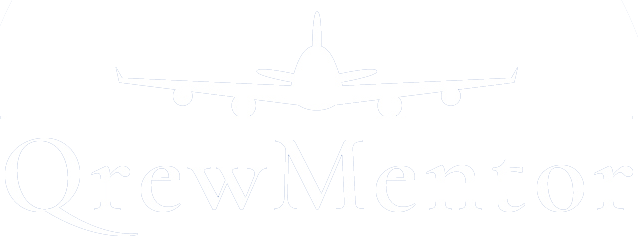
Group dynamics
One of the most important (and sometimes most stressful) tests of the airline selection process is GROUP DYNAMICS.
We are going to study a little more thoroughly what they consist of and how to understand them.
In a group dynamic, recruiters want to see our ability to interact with a human team that we have not previously met, carry out certain tasks and solve problems and conflicts that may arise.
The groups usually oscillate between 4 and 10, being the most common 6 or 8.

Let’s start withe the group structure and the phases in time.
A team a crew or a group has always the same phases
CREATION: the group MEETS.
CONFLICT: They face a TASK.
DEVELOPMENT: They take the steps to solve the problem or freezes in one step and are unable to continue.
BREAKING UP: the group pulls apart.
THATS THE WAY IT HAPPENS IN A CREW
They meet, create the roles, face tasks (conflict), find a solution (or not), and break up.
It’s the same in group dyanmics, but in 20 minutes.

So the recruiters distribute the tasks between the components that have little time to know each other (it is very common to go directly to the conflict phase trying to solve the task).
For that reason it is very important before that to distribute the roles:
Who calculates the time?
There is usually a time limit.
Who takes the notes?
It is important to collect data.
Who does what task?
In a crew, roles are assigned at the beginning of the first flight and these roles assign what tasks each one performs. In a group dynamic this is not previously determined and we have to do it ourselves.
Who will speak on behalf of the group?
Generally, the person with the best diction would be the ideal, and if it is in English, the perfect would be the native speaker or the person with the highest level.
Later, during the development of the task, all the members of the team must be involved.
EVERYONE HAS TO SPEAK, GIVE OPINION AND CONTRIBUTE. WE MUST MAKE SURE OF THIS.
Respect the shy, understand the leader and try above all, that the group communicates and understands each other well.
We remind you that English (generally the common language in these processes) is a communication tool, not a demonstration one.
It is more important that the group collaborates than demonstrating individual skills.

In fact, just by reading the name of the activity it should already be clear: GROUP DYNAMICS
Good luck and good Teamwork
Meanwhile, may you find peaceful skies
Enrique. QrewMentor team

Do you like our blog? Suscribe
Subscribe to our blog and stay up to date with what’s happening at qrewmentor.com
